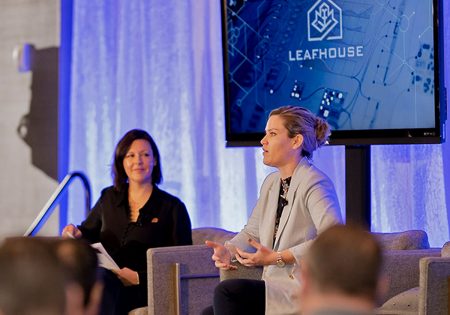Want the latest retirement plan adviser news and insights? Sign up for PLANADVISER newsletters.
Advisers Should Consider Emotions When Guiding Participants Through COVID-19
A calm, measured approach will help retirement plan participants make the right decisions.

A panel hosted by the American Savings Education Council (ASEC) offered tips for financial advisers to adopt when helping participants deal with the financial and emotional toll taken by COVID-19.
Michelle Singletary, a nationally syndicated personal finance columnist at the Washington Post, said she’s received numerous notes from readers, worried about the markets and how this year’s volatility is affecting retirement planning. Participants are asking whether they should stay enrolled in their plan, whether they should keep contributing, or whether they should use money saved while staying at home to increase their contributions, Singletary said.
Dan Eck, managing director of EY Personal Finance, added that, during the period of market uncertainty, in March and April, many participants called EY to reassess their retirement plans. Some wanted to leave their employer plan due to the volatility, while others decided to retire early rather than risk returning to work and catching the virus, Eck said. Others had concerns over investing, debt, hardship withdrawals, emergency funds, and the Coronavirus Aid, Relief and Economic Security (CARES) Act.
When stay-at-home orders began, in March, Walter Kelleher, director of educational services at the State Board of Administration of Florida (SBA), said most participants he worked with voiced concerns over the unstable markets. “A lot of people were calling and asking whether they should move their current funds to a safer investment, whether their current asset allocation was correct, etcetera,” he said. Participants at the SBA are offered a one-time second election, where members may move their savings to a different type of plan. “People who have been scared of the market volatility in their DC plan have called to switch to a DB plan or vice versa,” Kelleher added. “Others have requested lump sums to just get out.”
Even though participants called, in a panic to move their investments, not all ended up doing so, Kelleher said. The SBA, which utilizes EY as its financial planner, would run annuity quotes to calculate payouts for members and apply estimates on future projected benefits, to calm participants and steer them away from moving savings.
Eck emphasized that such participant calls point to the need for direct access to financial planners. Typically, most planners devote their one-on-one meetings to providing individualized help and education, but this year much of their time is spent helping with decisions. Eck said. “[Employers and participants] can’t just use a pamphlet or something digital. Most of our discussions start with some level of education to make sure they understand discussed concepts, and then we can get into the planning,” he said.
During the panel, Singletary suggested advisers talk to clients who tend to make immediate, emotional decisions regarding finances. Ask participants if, and what, types of savings they have to help them through this period, she said. Then, plan out strategies for the future. “Build up your emergency funds, pay down your debt, focus on things you do have control over while you wait for things to even out,” she said. If participants still want to pull their money out of their retirement plan afterward, then at least they’ve done so at a calmer time, she said.You Might Also Like:

Less Than Half of Americans Satisfied With Their Financial Advice

Know Where the Puck Will Be



